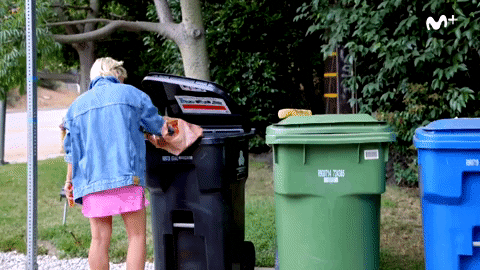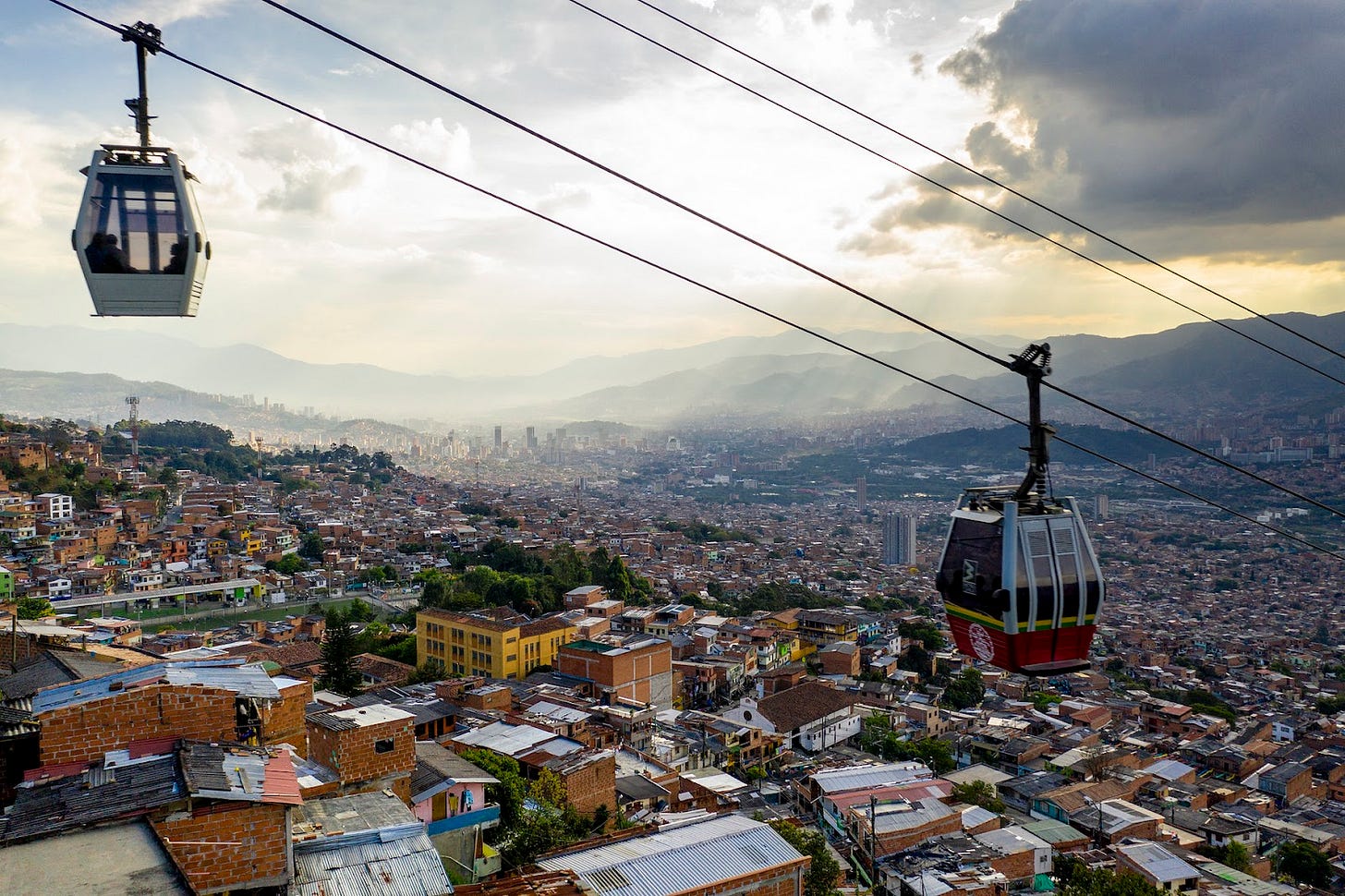From Trash to Triumph: The Unexpected Origins of Great Strategies
What Madrid’s waste sorting taught me about innovation.
Previously on Giuseppe’s Glimpse: In the last episode, I shared how a stolen backpack during my South America trip became a lesson in resilience. We explored six steps to turn failure into growth, showing how our response to setbacks shapes our success. Missed it? Catch up here! ✨
Buongiorno everyone! 👋
I recently moved to Madrid—and as with any new city, settling in came with its fair share of learning curves.
One of the first tips I got was unexpectedly practical: “Be sure to separate organic waste, paper, metal, glass, and non-recyclables—or risk a fine!” ♻️
Compared to London, where I’d lived before, Madrid’s recycling system felt like a colorful puzzle—more bins than garbage bag colors.
So I improvised: I started labeling my trash bags with Post-it Notes—“Glass”, “Paper”, “Organic”—just to keep things straight. 📝
It wasn’t just helpful for me. In our building, the concierge collects the trash left outside each door and then sorts it into the correct communal bins. The Post-its made his job faster and easier.
Soon, he began encouraging other residents to do the same.
What started as a solo hack quietly became a shared system.
This small, mundane moment got me thinking: strategy doesn’t always come from boardrooms or brainstorms. 💭
Sometimes, it starts with everyday actions—when people adapt to reality in creative, useful ways.
When strategy finds you
This isn’t a new idea—but it is an overlooked one.
In business, we love to design grand strategies. Slide decks, timelines, and roadmaps. 📊 But many of the best strategies come from the ground up, not the top down.
Take the Post-it Note itself. It wasn’t the result of a corporate strategy session. In fact, it began as a failed invention.
In 1968, 3M scientist Spencer Silver accidentally developed a low-tack adhesive. Years later, his colleague Art Fry used it to mark pages in his hymnal 📖—and the idea snowballed from there.
No grand rollout. Just a personal solution that scaled because it worked.
Or consider Honda in the 1960s. They entered the U.S. market hoping to compete with Harley-Davidson on heavyweight bikes. But it was their smaller “Super Cub” motorcycles—originally sidelined for local commuting—that caught on. 🏍️
People loved their ease of use and affordability. Honda noticed, adapted, and eventually dominated the lightweight motorcycle segment.
Emergent strategy isn’t luck. It’s responsiveness.
It rewards companies and leaders who observe what’s really happening and adapt quickly—even if it means reshaping their entire game plan. 🔧
How Medellín listened its way to innovation
Let’s jump to Latin America.
In the early 2000s, Medellín, Colombia was facing steep challenges—literally. Crime, inequality, and fragmented access to the city made life difficult, especially for residents in the hilly, underserved outskirts. 🚧
Urban planners had long discussed expanding public transport. But traditional infrastructure couldn’t reach the steep terrain where many people actually lived.
Then came a grounded, unexpected idea: a public cable car system—the Metrocable—to connect those hillside neighborhoods directly with the city center. 🚠
It didn’t come from a glossy masterplan. It came from listening. From observing how people moved through their environment and adapting to it.
What started as a creative solution to a mobility issue quickly unlocked broader economic and social benefits: slashing commute times, improving access to jobs and services, and giving residents a direct line to the opportunities of the city. ⏱️💼
The Metrocable didn’t just move people—it moved the city forward. Not because it was part of a perfect plan, but because it answered a real need, in a real place, at the right time.
Finding strategy in the unlikely
From trash sorting in Madrid to cable cars in Medellín, these stories highlight a powerful truth: the best strategies often look like improvisation in hindsight. 👀
They’re born when leaders stay open-minded, remain curious, and allow systems to evolve based on what’s truly working on the ground—not just what’s outlined in a slide deck.
The real value often lies in the unexpected detours, the small shifts that, over time, make the biggest impact. 🌱
This isn’t a call to throw away planning. It’s a call to stay agile and recognize when the initial plan no longer fits. Strategy is not static—it’s a living, breathing thing that thrives on observation and adjustment.
So, here’s a thought experiment: next time your strategy isn’t landing—pause. Observe. Is there a Post-it moment hiding in plain sight?
Stay curious! 🙌
-gs
Oh, wow! You made it to the end. Click here to 👉 SHARE this issue with a friend if you found it valuable.






